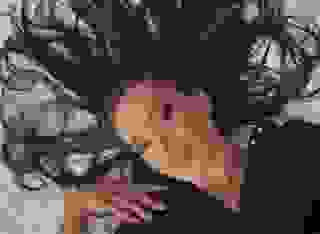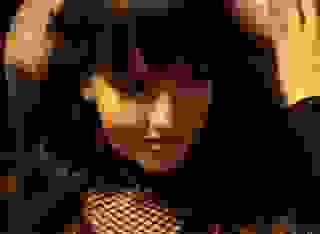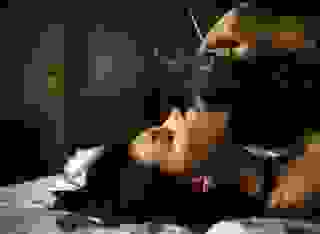Note: You can change font size, font face, and turn on dark mode by clicking the "A" icon tab in the Story Info Box.
You can temporarily switch back to a Classic Literotica® experience during our ongoing public Beta testing. Please consider leaving feedback on issues you experience or suggest improvements.
Click hereAs with all accounts of the Mongol khatuns, sometime in the 14th or 15th century, Chinese Buddhist monks erased all the records from the official history books of any mention of these Mongolian queens and female warlords. Yet, for a thousand years, ambassadors, scholars and merchants from around the world over, patriarchal men with no reason to take sides with these "Oriental Eleanors [of Aquitaine], Asian Valkyries, Catalonian knight-dames, all," as Marco Polo once dubbed them (referring to the "Female Military Order of the Hatchet"/ "Orden de la Hacha," of Catalonia, Spain, honoring the women who fought in the defense of the town of Tortosa against the Moor invaders), did just that; keeping the exploits of these queer women warriors alive in ways that the Chinese censors could even not touch. What these foreigners recognized was that the Khan's daughters were the sort of warriors that the Mongols called "baatar;" heroes whose actions are always direct and decisive and who put their duty to their Great Khan above their own personal safety. Unlike the Greek demigods, who were always male and always superhuman, a Mongolian baatar might be male or female, young or old. This was a fact Genghis Khan recognized and built his empire around; seeking to make an imperium of heroes from all the tribes and nations he conquered. A person could never predict where a baatar might next turn up, be it a 69 year-old grandmother or a 19 year-old ox herder, except, as the Great Khan was fond of saying, from the tribes of the idle rich who did nothing more heroic than visit the interiors of brothels and wine shops. Ironically, his very own sons would prove him prophetically precise in those exact terms.
The characters of Fatima and Lady Turakina (also spelled Toregene) are based on real women, though, of course, I've taken liberties with what I am having them do. Similarly, the legends of Lady Linshui began being told sometime in the 8th or 9th century, in the northern plateaus of what is now Inner Mongolia. She survives to this day mainly as a stock character in Chinese and Taiwanese shadow puppet plays that recount her various deeds. Depending on how the tale was told she could either be seen as a wise warrior-goddess by her followers, or a lustful ethereal-demon by her enemies. In either case, I use her because she would be the sort of archetype 13th century Mongols would be familiar with; a legend told and retold by traveling entertainers way back when the Great Khan, himself, was a child. Call it Saturday morning cartoons for the wild horsemen of the North.
* * *
SUGGESTED READING:
Chen, FP. "Chinese Shadow Theater: history, popular religion and women warriors." McGill-Queen's University Press. (2007)
Weatherford, J. "The Secret History of the Mongol Queens: how the daughters of Genghis Khan rescued his Empire." Crown Publishers. (2010)
- COMMENTS








